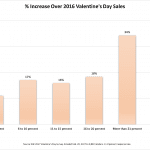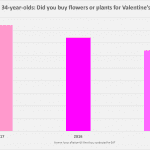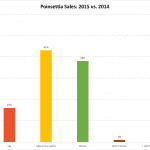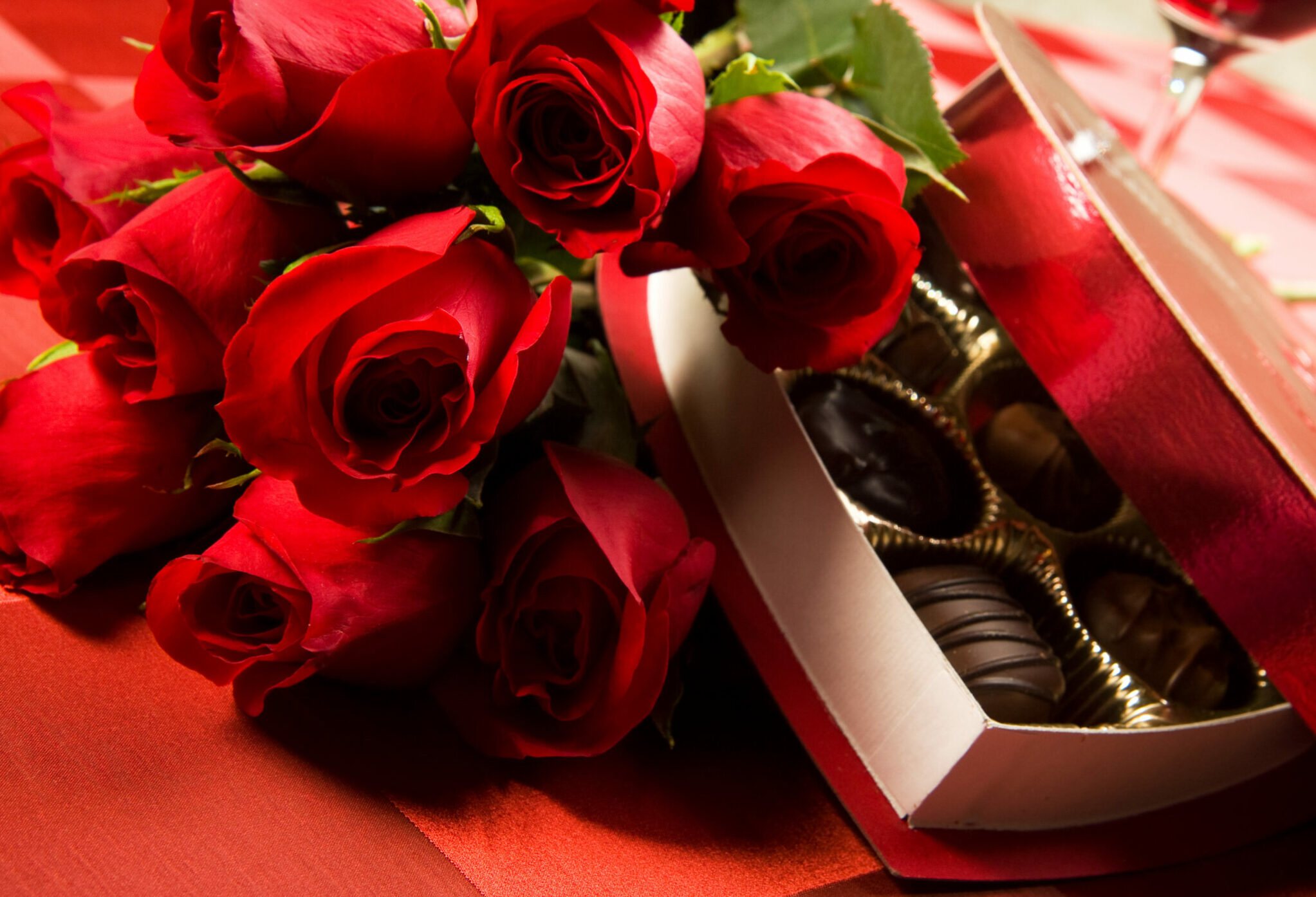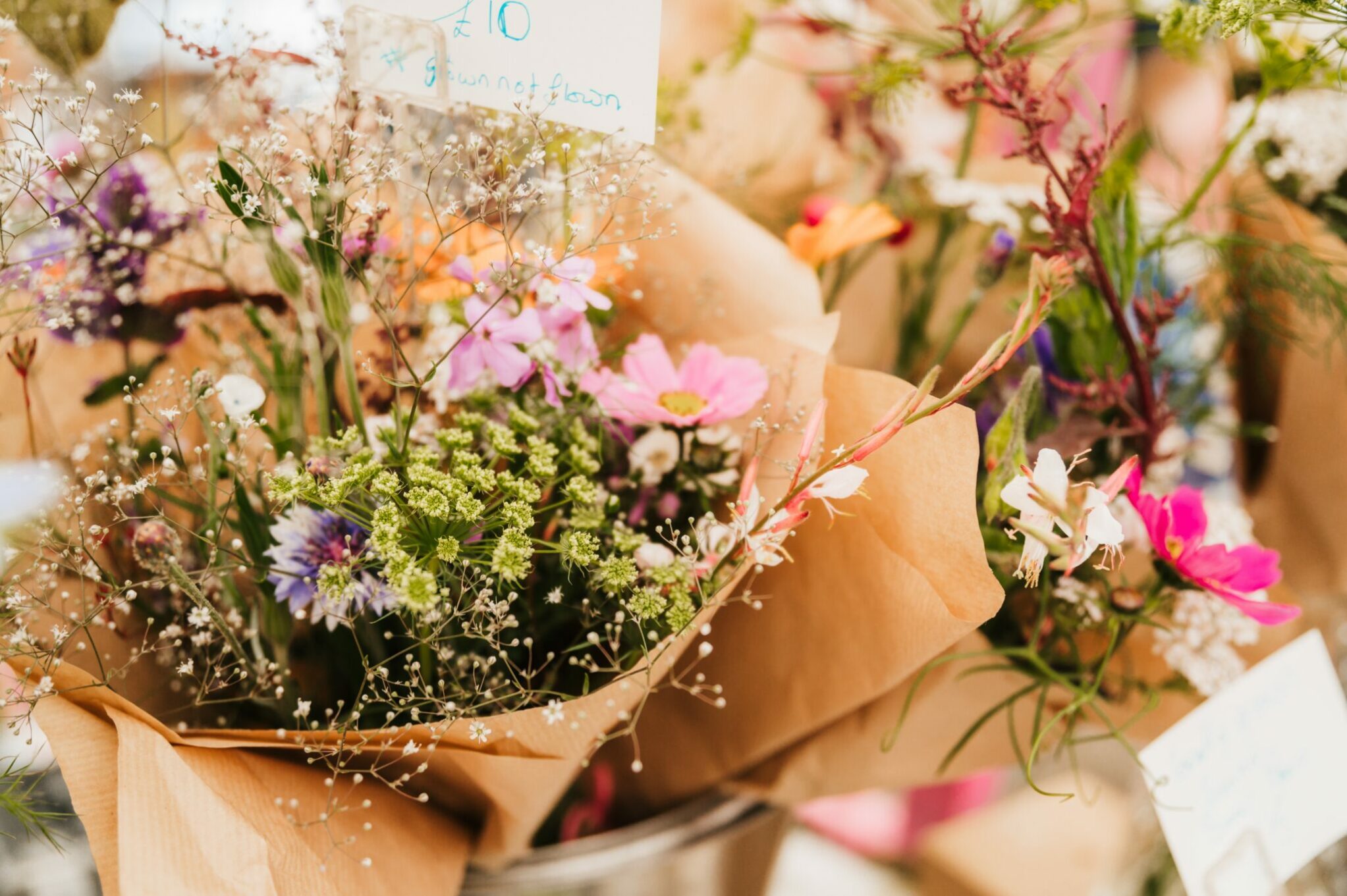
Source: SAF 2018 Women’s Day & Easter/Passover Surveyed April 8 to 2,939 retailers. 5.9 percent response rate.
In many ways, International Women’s Day sounds like the ideal holiday for the U.S. floral industry: The March 8 event encourages people to celebrate all of the women in their lives, not “just” mothers and romantic partners, and it’s already a popular observance in parts of the world — and some regions of the United States.
And yet, according to a recent Society of American Florists’ survey, only about 38 percent of retailer members promoted Women’s Day this year — a 10 percentage point drop from 2016, the last time SAF surveyed retailers on the subject. Among those who promoted the day, only 12 percent said their efforts resulted in sales.
About 77 percent of respondents this year said they knew about the day before March 8. In 2016, about 68 percent of surveyed florists knew of the holiday.
Overall, 72 percent of respondents either weren’t sure of how their Women’s Day sales compared to those in 2017 or they didn’t promote the event this year or last year. About 13 percent said sales were the same, compared to last year; 9 percent saw an increase and 6 percent saw a decrease.
Activism, Commerce — Or Both?
One challenge, according to respondents: How to position Women’s Day?
The event began in 1909 as part of the movement for women’s rights and has remained a day of activism for some, while morphing into a general celebration of womanhood for others. That history, coupled with this year’s #MeToo and #TimesUp movements, left some respondents feeling uncertain: 40 percent of respondents to the SAF survey did not promote the holiday because they believe the day is about “activism, women’s issues and achievements,” not commerce.
“II did not feel comfortable advertising and pushing a marketing plan for it,” wrote a respondent in Arizona. “I stay apolitical in my shop. I did not want to encourage any animosity or women’s activist discussion.”
In Colorado, another respondent said current social movements buoyed efforts at her business: “The timing of the event seemed to correspond with what is happening in America with the ‘MeToo’ and ‘Time’sUp’ visibility. We had multiple exposures with neighborhood magazine ads, outdoor marquee sign, Facebook posts and an email blast. The email blast got immediate attention with orders coming in for the holiday.”
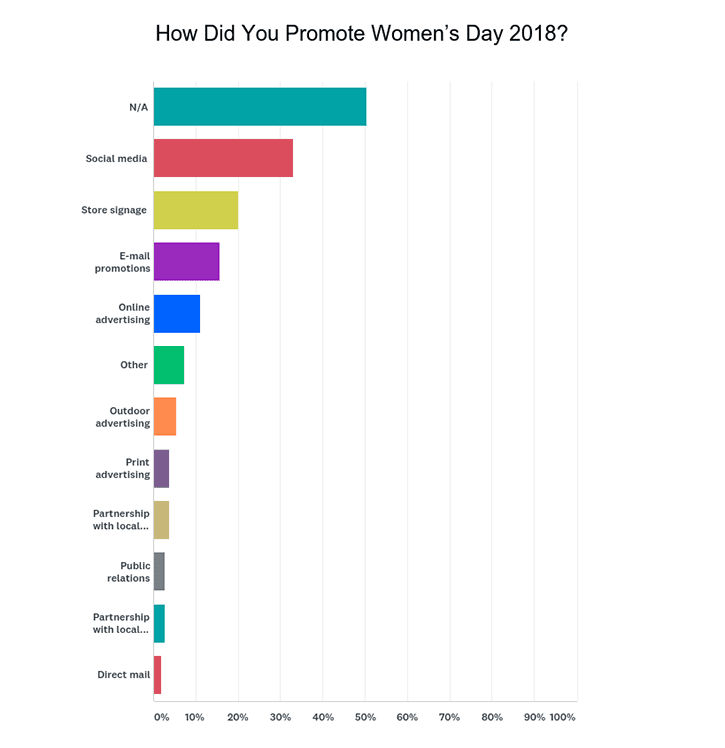
Source: SAF 2018 Women’s Day & Easter/Passover Surveyed April 8 to 2,939 retailers. 5.9 percent response rate.
Timing and Promotion
The timing of Women’s Day, three weeks after Valentine’s Day, gave some respondents pause, too: 31 percent of respondents said Women’s Day falls “too close to Valentine’s Day for consumers,” while 29 percent said “industry members don’t have enough time, energy or budget so soon after Valentine’s Day.”
“We promoted Women’s Day extensively for two years, which yielded a zero return,” wrote another respondent in Arizona. “I sometimes feel people are overwhelmed with floral holidays.”
A retailer in Pennsylvania agreed: “It’s too close to Valentine’s Day and Mother’s Day. I just don’t think it’s a good flower-buying day.”
In addition, about 35 percent of respondents did not promote the event because the “holiday requires too much effort and too little return”; 8 percent abstained because they believe Women’s Day “benefits supermarkets more than florists.”
Among those who did promote Women’s Day, the most popular vehicles were social media (33 percent); store signage, posters and displays (20 percent) and e-mail promos (16 percent).

Source: SAF 2018 Women’s Day & Easter/Passover Surveyed April 8 to 2,939 retailers. 5.9 percent response rate.
Looking to the Future
In anecdotal write-in responses, a number of respondents shared a similar sentiment: Florists can’t make the holiday an event on their own — making teamwork and partnerships important. (Read about an award-winning, grower-led campaign to make Women’s Day a bigger deal in the U.S.)
“We try to cross-market with other retailers to build this special day into an event that all can gain from,” said a florist in Connecticut. “Florists alone can’t make this day into a buying event. All retailers should team up to build awareness and sales will follow.”
And some respondents insisted they aren’t giving up on the day.
“I believe as more awareness comes … the day will begin to be a profitable sale,” said a florist in Texas. “But, it will take a lot of community awareness.”
A florist in Illinois wrote that “most customers buying for Women’s Day were of European origin. We think there’s potential for the floral industry to promote this but it will take time before it becomes an important holiday for U.S. professional florists.”
In South Florida, one respondent said the holiday is on the rise. “Sales have increased dramatically over the last number of years fueled by the large Russian immigrant community here,” he wrote. “As always, telemarketing reminders were very successful in obtaining repeat sales.”
One hundred twenty-nine retailers responded to the SAF survey, a response rate of 5.9 percent.
Read about SAF survey returns on Easter and Passover in last week’s issue of EBrief.
